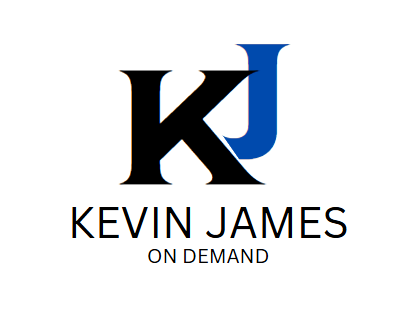Generative Engine Optimization (GEO) is an online growth strategic the focuses on enhancing web page content to boost organic search engine rank visibility and engagement within AI-driven search engines and generative models such as ChatGPT, Perplexity AI, Google’s AI Overviews, Bing CoPilot, and Brave LEO.
Differing from traditional SEO, which seeks to improve content rankings through keyword usage and backlinks, GEO specifically targets AI-powered search engines that produce detailed, contextually rich responses to user inquiries.
GEO leverages AI and machine learning to analyze extensive datasets, including user intent and contextual relevance, to formulate comprehensive answers. Consequently, optimizing content for GEO requires that website owners create of in-depth, high-quality information that seamlessly integrates into AI-generated responses.
Key Tactics In GEO include:
-
- Organize webpage content with clear subheadings, bullet points, and summaries to facilitate better understanding and indexing by AI.
-
Provide in-depth, comprehensive content that covers all aspects of a topic. AI engines favor content that offers detailed and thorough information.
-
Incorporate long-tail keywords, and question-oriented keywords, and adopt a natural tone that accurately reflects how users typically phrase their questions.
- Include content that addresses “Also Asked” related search queries to proactively answer user intent and target audience relevant queries.
-
Use FAQ and Q&A schemas to optimize for voice search and generative AI, making it easier for AI to find direct answers. Schema markup plays a crucial role in enhancing a website’s visibility through featured snippets and rich snippets. This SEO tactic is of paramount importance in the context of generative engine optimization (GEO).
Featured Snippets:
-
Featured snippets, often referred to as “position zero,” are concise excerpts that appear at the top of Google’s search results, providing direct answers to user queries. They can significantly increase click-through rates and visibility.
-
To appear as a featured snippet, your website must be among the top five organic search results. Schema markup helps by providing structured data that makes it easier for search engines to understand and highlight your content.
-
Common types of featured snippets include definitions, lists, and tables. Optimizing your content for these formats can improve your chances of being featured. For example, using clear headings and subheadings, and providing concise, direct answers to questions, can make your content more appealing for featured snippets.
-
- Additionally, implementing accessibility features such as ALT text for images and straightforward navigation enhances the user experience.
-
Use internal linking to help AI engines navigate your site and understand the relationships between different pieces of content.
-
Leverage social media signals to rank and index your content. AI engines consider social media engagement as a factor in content visibility.
It is crucial to ensure that your content is conversational, clear, and rich in context, while regularly updating it to maintain freshness, accuracy, and relevance. GEO works in tandem with traditional SEO by ensuring that your brand’s message is effectively conveyed and distributed across both conventional search engines and AI platforms.
